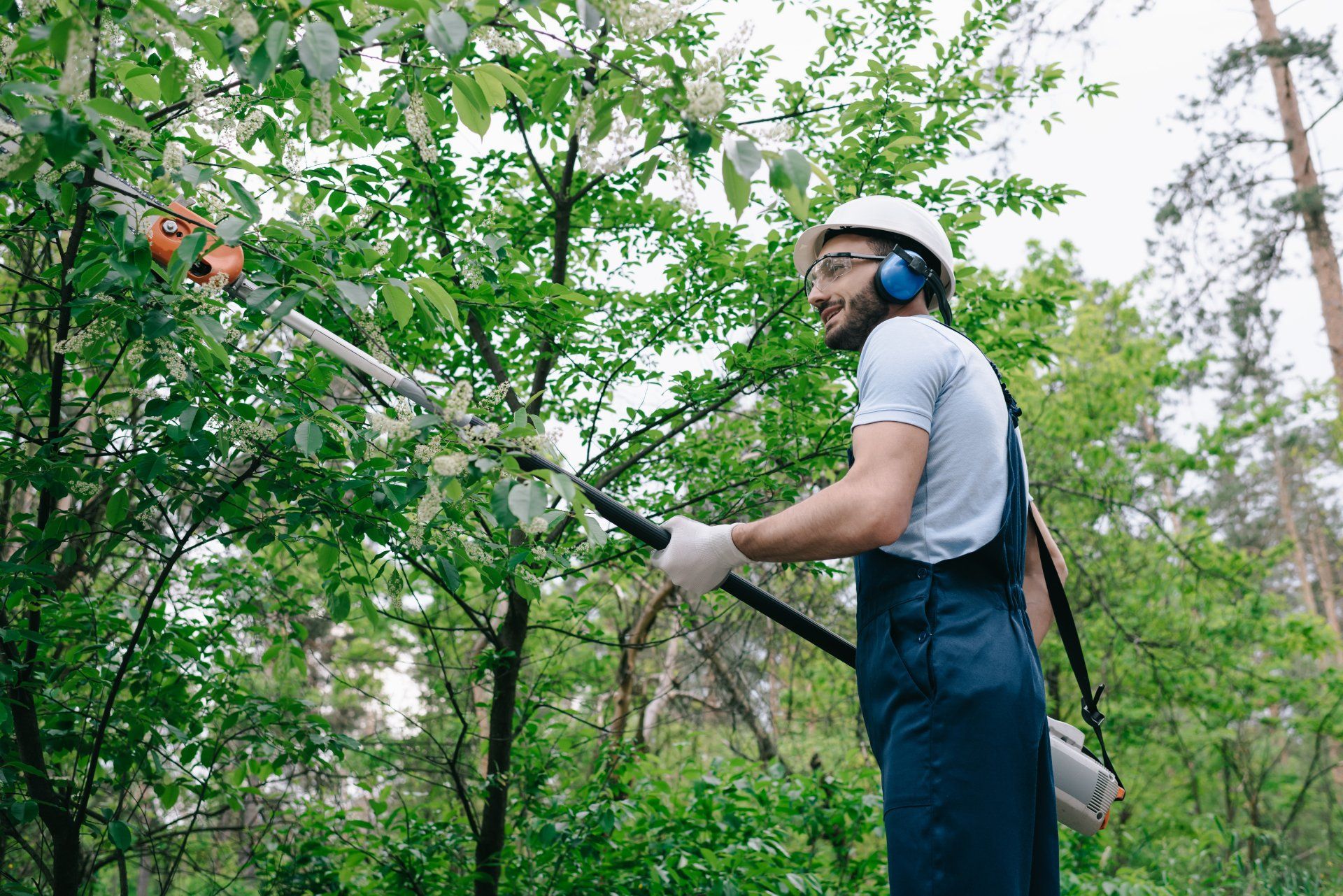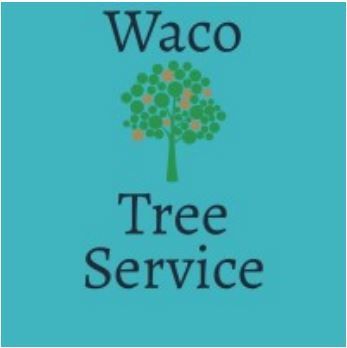Tree Trimming
There are many reasons to have your trees regularly trimmed such as safety, tree health, and an aesthetically pleasing look for your trees and for the landscape that surrounds. First of all, safety is the biggest factor when deciding whether or not your trees should be cut. Over time, your trees will continue to grow which will eventually cause dead branches, some of which can be large. This poses a huge safety risk to yourself and others but to your property as well. These need to be cut down so that the next storm doesn’t bring them down and damage your property. Tree health is also a reason for receiving tree trimming service. Tree overgrowth can cause health issues by blocking the necessary amount of sunlight to fully reach the entire tree, causing the tree to become weaker and slowly die off. Regular tree maintenance will allow the tree ample light and create stronger branches and an overall healthier tree.
The last reason for tree trimming is for that aesthetically pleasing look for both the trees and the surrounding area. Tree branches can grow in all directions causing trees to look untidy and not very appealing. Regular tree pruning can greatly improve the appearance of your trees and the value of your property. It will also allow more sunlight to penetrate through the trees into the landscape below, allow grass and other plants to flourish below as well. So if you are in need of a professional, experienced, and trusted tree trimming service, call Waco Tree Service at 254-252-3391 for your free quote today.
Best Time to Trim Trees in Texas
The best time of year to trim trees in Texas is during the dormant season, which generally falls between late fall and early winter. This is when most trees have shed their leaves and have not yet begun their new growth cycle, it is also the time when insects are dormant which will help prevent your trees from developing diseases. Trimming during this time helps to promote healthy growth and development during the spring months. Summer trimming should be limited to removal of damaged or dead branches, as the intense heat and drought can be stressful for trees. Proper timing and technique are important to ensure the health and longevity of your trees. Always consult with a professional tree service company before considering trimming your trees.
How Often Should You Trim Your Trees?
The frequency at which trees should be trimmed depends on various factors such as tree species, age, and size. However, as a general guideline, it is recommended to trim trees every 3 to 5 years to promote healthy growth, shape, and safety. Younger trees may require more frequent trimming to establish their structure, while older trees may need less frequent trimming since it is already established, though it is important to inspect older trees regularly for signs of dead limbs and trim them as necessary to avoid potential safety risks to yourself or damage to your property. An experienced tree care company should know the best time to trim your trees and how to trim them to promote the best growth possible.
Will Trimming a Tree Kill It?
Properly trimming a tree should not kill it. The keyword being properly. In fact, trimming or pruning should help improve a tree's overall health, shape, and growth. However, incorrect or excessive trimming can do more harm than good and could potentially kill your tree. Cutting too much of a tree's foliage or its major branches can reduce its ability to produce food through photosynthesis and weaken its structure. Removing too much of the tree's living tissue can expose it to disease, insect infestation, or decay. It is important to use proper pruning techniques and as a rule of thumb, trim no more than 25% of a tree's branches at one time.
How Do I Know if my Trees Need to be Trimmed?
Spotting whether or not your trees need trimming is usually pretty easy. One of the most obvious signs is that you have branches that are overhanging on your house or near power lines. These should be cut as soon as possible. If your tree has any dead, dying or broken branches, these should be removed as they can be a safety hazard. If you notice your tree has an unbalanced canopy or is starting to lean to one side, this can be an indication of structural problems and may require trimming to maintain its stability. It is important to inspect trees regularly for any signs of damage, disease, or pests, and to consult with a a professional arborist if there are any concerns.

